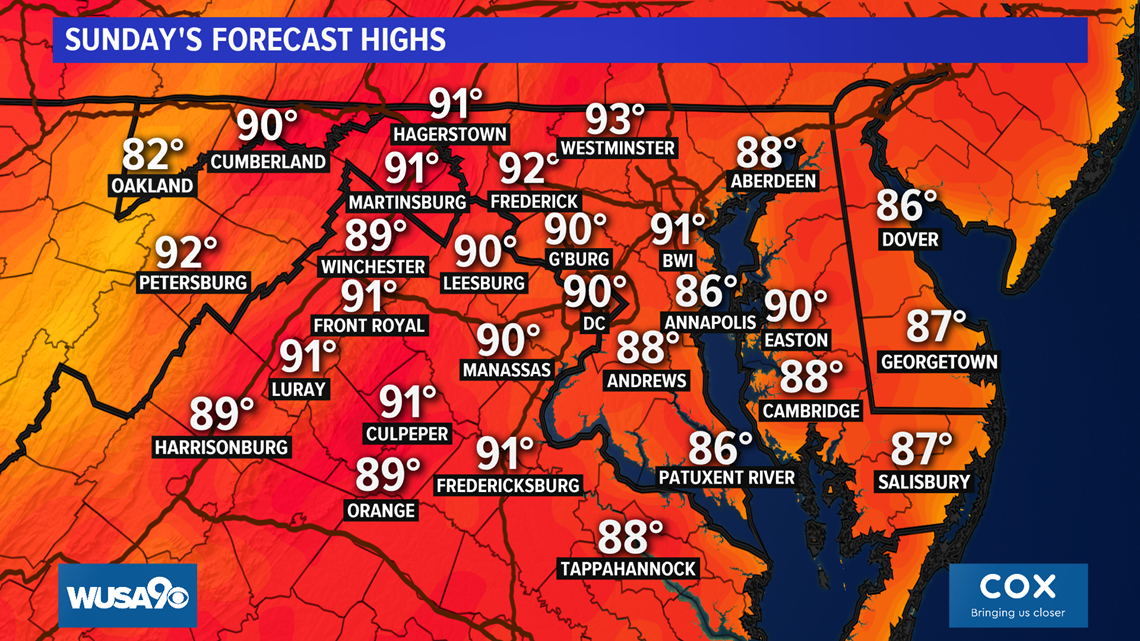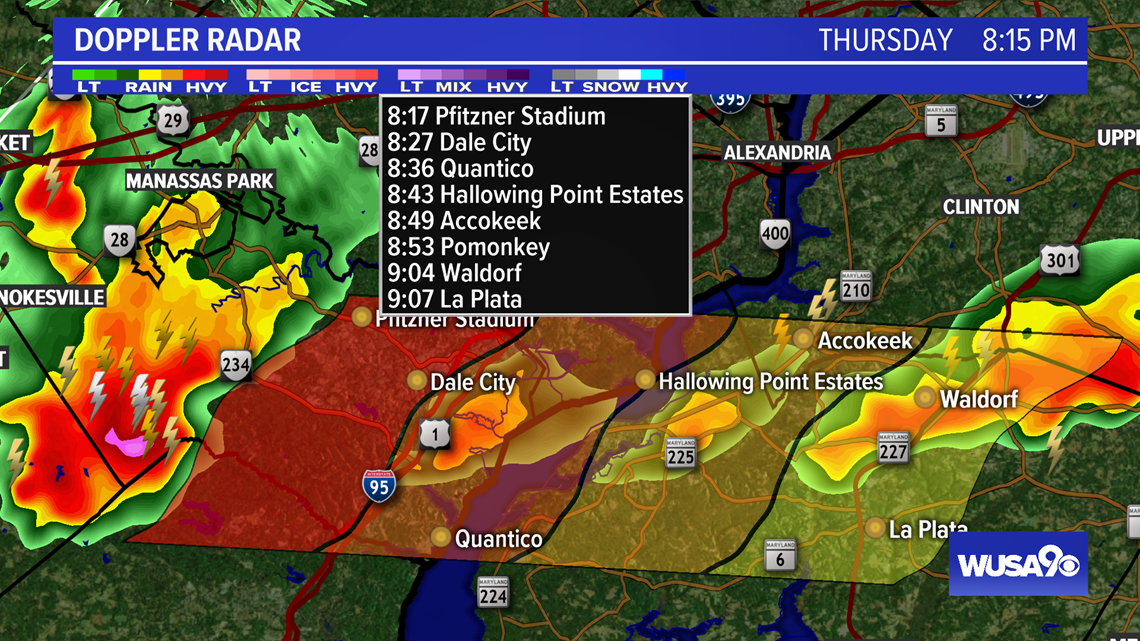


These LF components are mainly caused by both RBM and the temperature variations of radar electronics circuits. On the other hand, the DC drift issue consists of low-frequency (LF) components added to signals measured at Doppler radar. Another proposed solution for the elimination of random radar movements is based on using an FMCW radar in quadrature to obtain the respiration signal of a PUT altered by random radar movements and use the autocorrelation operation to eliminate the random components of the signal and get an accurate measurement of the respiration rate 10. It is important to mention that the problem of DC drift is omitted in (ref 9) because the antenna movements are so small that they do not add a significant DC drift. In (ref 9) the authors are focused on the elimination of small random movements due to artifacts (the radar antenna) affecting the heart rate. On the other hand, the use of Empirical Modal Decomposition (EMD) has been proposed for the elimination of disturbances generated by small movements in the antenna of a quadrature Doppler radar. It has also been proposed the use of a cyclostationarity analysis to extract the respiration rate and heart rate of a PUT, of signals obtained with a Doppler radar in quadrature and disturbed with noise and RBM, through the extraction of cyclostationarity moments of order 1 and 2 and the second cyclic cumulant 8. Another proposed solution for the elimination of RBMs is the use of a curve fit to fit a polynomial function to the altered signal by an RBM, so that the fit function can be considered as the alteration and thus can be subtracted from the main signal 7.

In another work it is proposed the use of a Doppler radar in quadrature together with a video camera to eliminate the RBM, so that random motion can be detected by the video camera and encoded as a phase signal that can be subtracted from the Doppler radar measurement 6. A proposed solution to eliminate Random Body Movements (RBM) is to use two Doppler radars in quadrature placed in front and behind of the PUT this allows to obtain measurements in opposite directions of the random movement so that the movement can be compensated 5. On the other hand, several studies have been proposed to remove the inevitable effects due to random movements.

Curve fitting can be used to separate the cardiac signal from the breathing signal 4 as well as remove harmonic from the breathing signal 4. The null point problem can be solved by using an RF phase shifter 2. The DC offset can be treated by using a Doppler radar architecture fed with a stepped chirp signal 3. Relevant challenges of Doppler radars are the null point, the DC offset, the DC drift, the phase unwrapping, the problem of separating the heart signal from the breathing signal and the problem of breathing signal harmonics. The average respiration rate measured was 20.78 breaths / min with a standard deviation of 2.53 breaths/min. The proposed methodology was successfully tested in a PUT at rest and performing movements of the head, arm and combination of head, arm, and torso. On the other hand, the first mode of the EMD is used for the detection of movements while the sum of the second and third modes are used for the elimination of the CC drift caused by the DC drift and the high frequency components produced by the movements of the PUT. The EMD allows to automatically eliminate the continuos component (CC) which is present in the phase signal since one of the main characteristics of the modes generated by the EMD is that its mean is equal to zero. The methodology is based on Empirical Modal Decomposition (EMD) applied to the phase signal obtained by means of a quadrature Doppler radar operating in S band. In this work, a methodology is presented for the determination of the respiration rate of a person under test (PUT), the detection of movements, as well as the elimination of the spurious effects produced by the movements of the PUT.


 0 kommentar(er)
0 kommentar(er)
